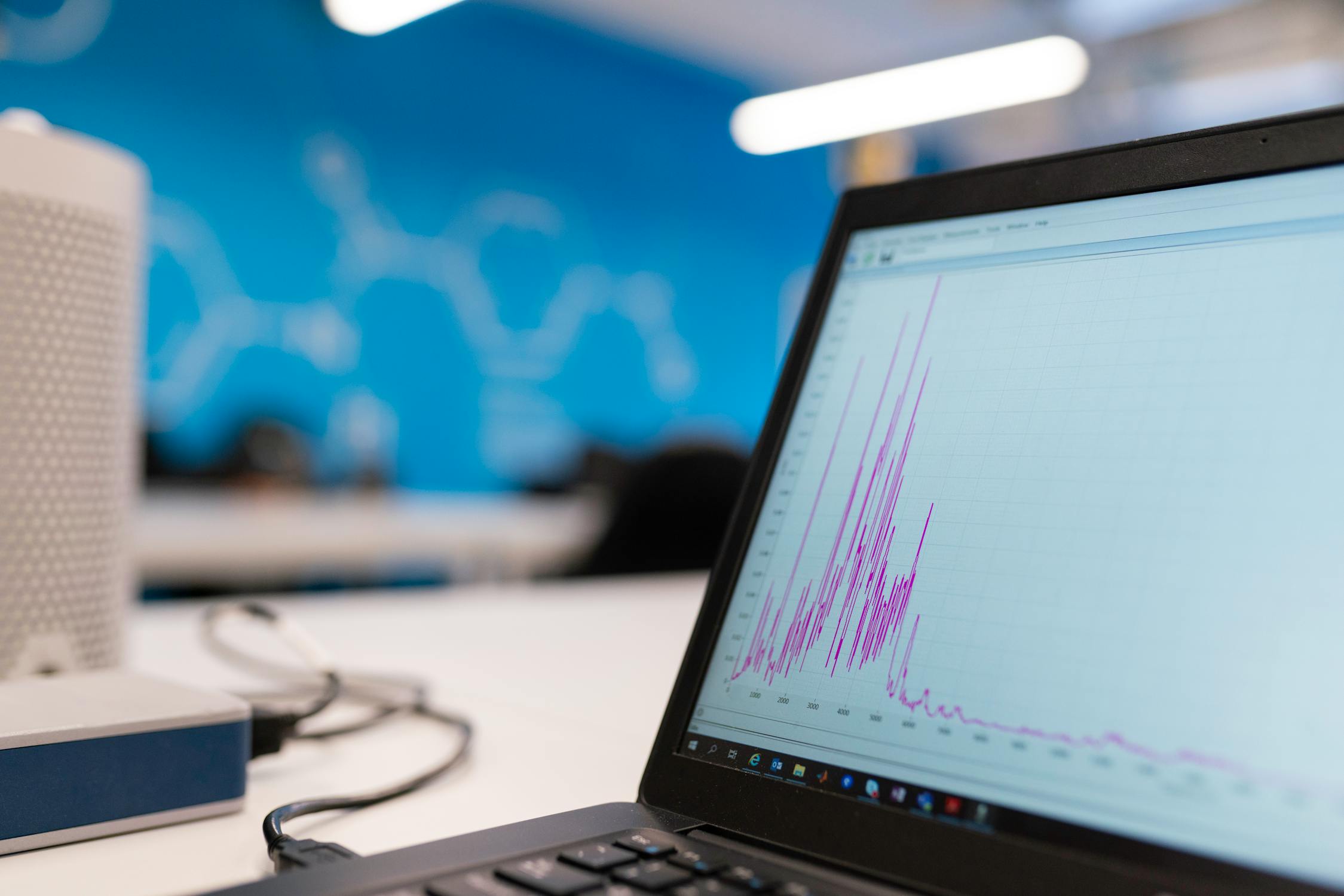Behind every successful social media trend detection platform lies a sophisticated set of algorithms. Understanding how these algorithms work empowers marketers and data teams to interpret insights accurately. Let’s unpack the essential components of social media trend detection algorithms and how each stage influences strategic decisions.
1. Signal Collection Layers
Trend detection begins with data aggregation. Algorithms collect signals from public posts, comments, shares, audio snippets, and video metadata. They normalize timestamps, handle multilingual content, and filter spam to ensure the social media trend detection engine processes clean data.
Advanced pipelines also ingest first-party CRM notes, product review feeds, and dark social conversations (via anonymized metadata). Integrating these sources gives the trend detection algorithm a holistic view of emerging narratives.
2. Feature Engineering for Trend Detection
Algorithms transform raw signals into features that reveal trend momentum:
- Engagement velocity measures the rate of likes, shares, and views.
- Topic clustering groups related keywords using embeddings.
- Sentiment trajectories track how emotions evolve.
These features feed the predictive core of the trend detection algorithm.
Feature engineering continues with media-specific indicators such as dominant colors in images, audio tempo changes, and caption length variance. The richer the feature set, the better social media trend detection models can differentiate between fleeting spikes and sustained patterns.
3. Predictive Modeling Techniques
Most social media trend detection systems use a hybrid of statistical and machine learning models:
- Time-series forecasting (ARIMA, Prophet) predicts future engagement based on historical baselines.
- Gradient boosting models evaluate non-linear relationships between features and trend outcomes.
- Deep learning architectures, such as transformers, interpret context across long-form conversations.
Some platforms incorporate graph neural networks to analyze influencer relationships, making it easier to see which communities will amplify a trend. Others deploy reinforcement learning to adjust model weights based on campaign performance, ensuring the trend detection algorithm adapts in near real time.
4. Thresholding and Alerting
Once the model scores a potential trend, thresholding rules determine whether to trigger an alert. These rules consider probability scores, minimum audience size, and sentiment thresholds. The goal is to prevent false positives while catching emerging social media trend detection opportunities early.
Customizable thresholds let brands prioritize trends aligned with business objectives. For instance, a launch team may demand higher probability scores, while community managers track lower thresholds to spot customer support issues.
5. Human-in-the-Loop Feedback
No algorithm is perfect. Leading platforms incorporate human reviewers who validate flagged trends, label them as confirmed or false, and provide qualitative context. This feedback loop continuously improves the trend detection algorithm accuracy.
Some organizations maintain expert councils with product, PR, and legal stakeholders who evaluate high-impact alerts. Their insights shape future social media trend detection rules, especially when regulatory or brand-risk considerations arise.
Applying Algorithm Insights to Strategy
Marketers who understand how trend detection algorithms work can better trust AI predictions. They can adjust thresholds, refine keyword lists, and combine algorithmic output with brand knowledge to drive smarter campaigns. With transparency into the social media trend detection stack, teams build strategies that balance automation with human judgment.

